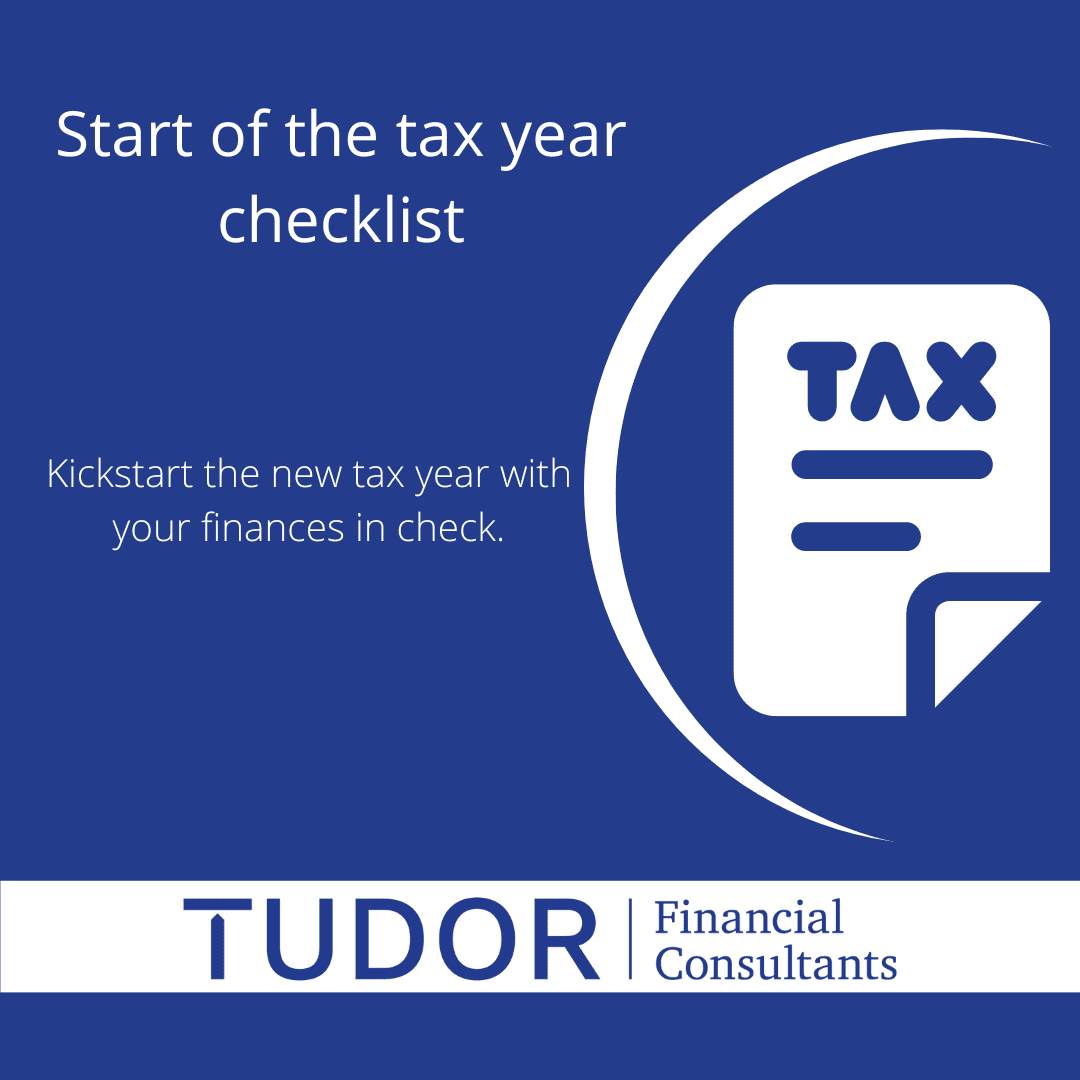Start of the tax year checklist

The new tax year on 6 April 2023 is a great time to review your finances.
The new tax year means annual allowances are reset and ready to be reused – to help you make the most of your money. This year more than ever, with interest rates and inflation on the rise, it’s a great time to review your pensions and investments.
Note: The following figures apply to the 2023/2024 tax year, which starts on 6 April 2023 and ends on 5 April 2024.
ISAs
The maximum you can invest across your ISAs is £20,000 (if it’s a cash ISA, stocks and shares ISA or innovative finance ISA). For a lifetime ISA, the annual allowance is £4,000.
Junior ISAs
If you’re looking to put some cash aside for your children, Junior ISAs (JISAs) are a great option and often come with higher interest rates when compared to high street savings accounts. In the new tax year, you can save or invest up to £9,000 in a cash JISA, a stocks and shares JISA, or a combination of the two.
Pension allowance
Your personal pension contribution allowance is £60,000, although it can be lower for higher earners and where pension savings have been flexibly accessed already. Any contributions you (or your employer) make receive tax relief from the government (based on your income tax band) of 20% or more – and the money in your pension pot will grow tax free.
Child’s pension
A child’s pension can be set up by a parent or guardian, but anyone can contribute. You can pay up to £2,880 in the new tax year into a pension on behalf of a child and the government automatically tops this up with 20% tax relief on the total amount contributed, taking the figure up to £3,600.
Gift allowances
A financial gift is a great way of using tax-free allowances.
Making a cash gift can help a loved one (and help with your estate planning). Everyone has an annual gifting limit of £3,000 that is exempt from inheritance tax (IHT). This is known as your annual exemption. If you fail to use it one year, you can carry it over to the next tax year.
It’s worth remembering that any gift you give, even to family members, could be subject to capital gains tax (CGT). CGT is the tax you pay on any profit or gain you make when you dispose of an asset, such as a second home or shares. If you gift an asset and it has risen in value compared to what you have paid for it, you could be liable to CGT. The CGT allowance for the new tax year is £6,000. This is the amount of profit you can make before CGT is applied.
Marriage allowance
Married couples or those in civil partnerships may be able to share their personal tax allowances. To be eligible, one partner must earn less than the Personal Allowance threshold of £12,570, and the other must be a basic rate taxpayer. The lower earner can transfer £1,260 of their tax-free allowance to their partner, reducing the tax paid by up to £252 a year.
HM Revenue and Customs practice and the law relating to taxation are complex and subject to individual circumstances and changes which cannot be foreseen.
The value of investments and any income from them can fall as well as rise and you may not get back the original amount invested.
Key Takeaways:
- A new tax year means annual allowances are back to zero and ready to be filled or topped up, to make the most of your money.
- The maximum you can invest across your ISAs is £20,000.
- Your pension contribution allowance for the new tax year is £60,000.
- The Capital Gains Tax allowance is £6,000 for the 2023/2024 tax year.
- A financial gift is a great way of using tax-free allowances.
- Married couples or those in civil partnerships may be able to share their personal tax allowances.
 Back to blog
Back to blog